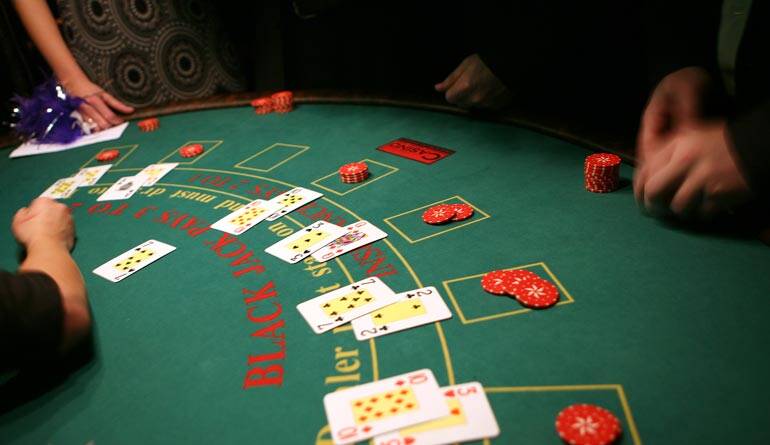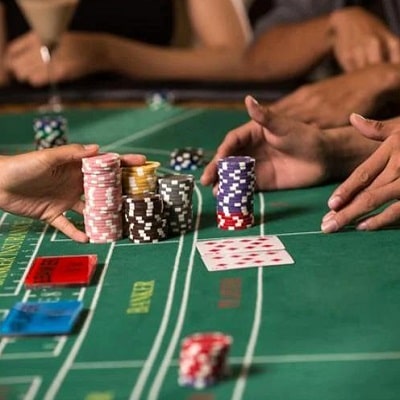Unraveling the Mystery of Shuffle Tracking in Blackjack
Blackjack, a game of skill, strategy, and a bit of luck, has captivated casino-goers for decades. Among the myriad of strategies employed by seasoned players, shuffle tracking stands out as a sophisticated technique designed to tilt the odds in the player’s favor. This article delves into the basics of shuffle tracking, exploring its principles, execution, and the casino’s response to such strategies, with a nod to the practices at Jackpot Village online casino.
Principles of Card Counting in Blackjack
To grasp shuffle tracking, one must first understand the foundational strategy of card counting. Card counting allows players to estimate the likelihood of high-value cards being dealt. It’s a legal method that involves keeping track of certain cards or sequences of cards during play to gauge whether the remaining deck is favorable to the player or the dealer. The principle hinges on the fact that a deck rich in tens and aces increases the chances of hitting a blackjack, thus improving the player’s odds.
Shuffle Tracking Basics
Shuffle tracking goes a step beyond card counting. It’s a technique used to track specific sequences of cards through the shuffle process. Skilled players attempt to identify and follow clusters of high-value cards as they are shuffled and placed back into the deck. This method requires an acute observation, a good understanding of how different casinos shuffle their decks, and the ability to predict where those clusters might end up in the new stack of cards. The ultimate goal is to increase the player’s bet when these favorable clumps are likely to be dealt, capitalizing on the periods when the odds are skewed in their favor.

Casino Response
Casinos are well aware of shuffle tracking techniques and actively work to counter them to maintain fairness and protect profits. To combat shuffle trackers, many casinos employ automated shuffling machines, which randomize cards thoroughly, making tracking impossible. Additionally, dealers may use complex shuffle sequences or shuffle multiple decks together. In some cases, casinos monitor player behavior closely, and if shuffle tracking is suspected, they may alter shuffle procedures or even ask the player to leave. These measures ensure a fair game for all participants.
Conclusion
Shuffle tracking in blackjack represents the pinnacle of strategic play, requiring a deep understanding of the game, impeccable observation skills, and the mental agility to track and predict card sequences. While it offers an intriguing way to gain an edge over the house, the practical application of this technique is challenging, particularly in online casinos like Jackpot Village, where digital measures ensure fair play and randomness. As the casino industry evolves, both players and establishments continue to adapt, perpetuating the timeless cat-and-mouse game that makes blackjack endlessly fascinating.




